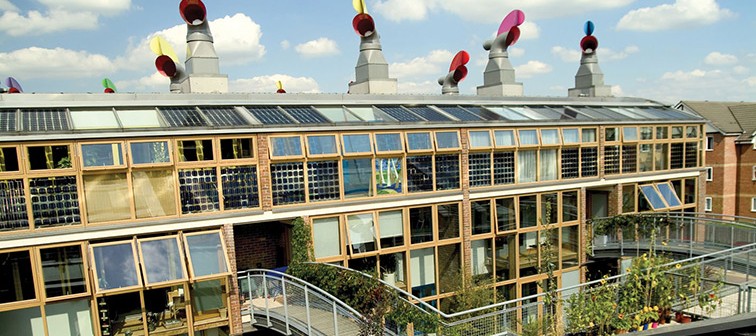Hot dip galvanizing to EN ISO 1461 ensures a coating of zinc is applied to protect steel.
This is important to provide extended durability, especially in outdoor environments. Thinner zinc coatings will not last so long because the life of a zinc coating is directly proportional to its thickness.
Zinc’s resistance to corrosion depends primarily on a protective film (patina) formed on its surface. For atmospheric corrosion, atmospheric contaminants affect the nature and durability of this film. The most important contaminant affecting zinc is sulphur dioxide (SO2) and it is the presence of SO2 which largely controls zinc’s atmospheric corrosion rate.
 It is widely documented that atmospheric SO2 levels have fallen significantly in most countries over the past decades.
It is widely documented that atmospheric SO2 levels have fallen significantly in most countries over the past decades.
The link between zinc durability and atmospheric SO2 levels has been illustrated very clearly for Sweden. Similar data have been recorded for other countries.
This downward trend and consequent improvements in zinc performance significantly enhance the contribution of galvanized steel to sustainable development by providing, at no additional cost, more durable structures for shelter, infrastructure, transportation and many other applications.
With zinc corrosion rates normally less than 1µm per year, a typical 85µm coating can provide many decades of maintenance-free life (in rural and urban environments).
For more aggressive environments, it is possible to achieve thicker coatings on structural steelwork with corresponding increases to coating life.

